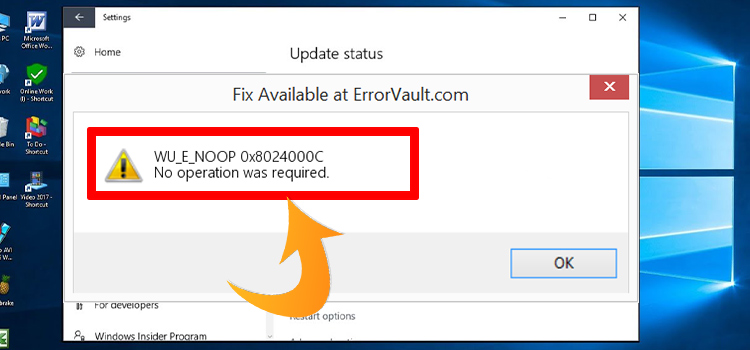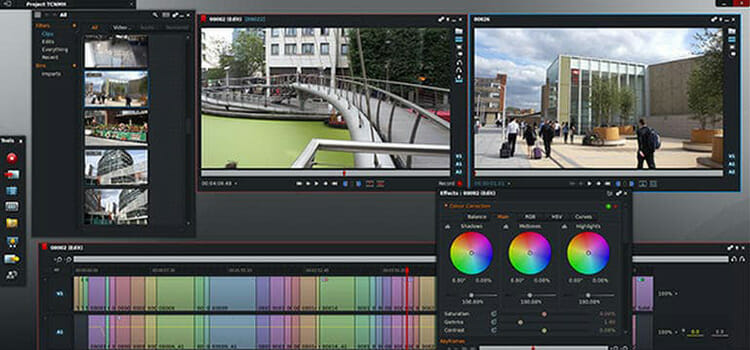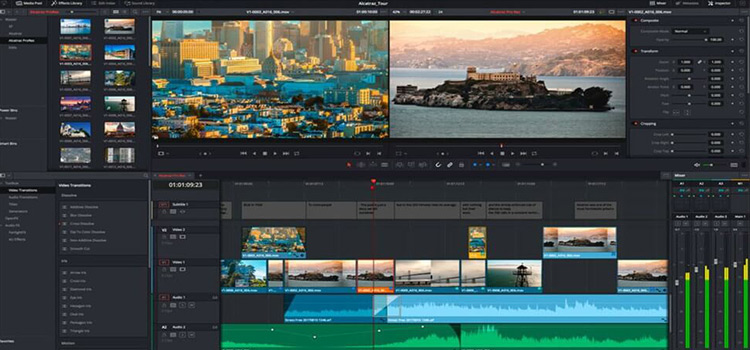How to Make a Mobile App without Coding in 7 Steps
If you’re looking to make a mobile app but don’t want to spend months learning coding languages, you’re in luck! You can create your very own app without writing a single line of code. It may sound too good to be true, but the truth is you have two great options.

How to Make a Mobile App without Coding
This blog post talks about the number one (and maybe the only) step you need: to take advantage of a mobile app development service. The rest focuses on using a builder.
Step 1. Choose Your Platform
The first step is to decide which platform you will use for your app. Will it be Android? iOS? Or both? Knowing this upfront will help narrow down the tools and resources you need for the development process.
For instance:
- What are the rules for creating apps for the Google Play Store?
- How much are the service fees?
- What apps are popular in each of the stores?
- If you plan to monetize your platform, which offers better profits or revenues?
- Which platform has the best user experience?
Take your time to research these questions and more before making your decision.
Step 2. Brainstorm Ideas
Once you’ve decided which platform (or platforms) your app will use, it’s time to brainstorm ideas for what app you want to create.
Here are some factors to consider:
- What problem does the app solve?
- Who is the target audience for the app?
- What features will it have?
- How will users interact with the app?
- How can you make it stand out from other apps on the market?
- Is it going to be free or paid?
Because of the fierce competition in app development, you may be tempted to create one as soon as possible. That’s okay if you can get the foundations right, especially the concept, features, and user experience design.
Step 3. Choose a Mobile App Development Service or Builder
Once you have the ideas off the ground, it’s time to choose between a mobile app development service or a builder. Depending on your budget, development skills, and timeline, one of these options may be best for you.
The first option is to hire a team of professionals who can design, code, and develop the app for you. This might be your best bet if you’re not comfortable coding or don’t have the time to learn how.
You can find plenty of great mobile app development services that offer quality apps at reasonable prices. Even better, many of these companies have experienced developers who can create a custom app for you.
But how do you find the best team? Consider these tips:
- Research your options. Check out reviews and talk to other app developers.
- Look for experienced developers. Ask the team how many apps they’ve developed in the past, especially on your niche.
- Compare prices. Get estimates from three to five possible developers.
- Request for a portfolio. Ask if they can show you some of their previous projects.
Design a No-Code App with a Builder
Although using builders is cheaper, hiring developers is usually more advantageous in the long term:
- Developers usually build apps tailored to your needs and have more comprehensive features.
- You reduce the risk of costly mistakes.
- Builders may impose several limitations, such as design and features.
- Some app builders may charge a lot to access premium features and services.
Ultimately, it’s up to you to decide which option works best for your needs. App builders can be a great solution if you don’t have the time or resources to hire a team of professionals.
Here’s how you usually use one:
- Choose a template or start from scratch.
- Add the features you want.
- Customize the design to fit your brand’s aesthetic.

Step 4. Test and Debug Your App
Before launching an app, test and debug it for any potential errors, crashes, or bugs affecting user experience. This is usually done using an alpha or beta version of the app, which you can invite users to test. The feedback these users give will help you identify any issues with design and functionality.
A few factors to mind include:
- Network performance. Test your app’s performance in different networks, such as Wi-Fi, 3G, and LTE.
- Security issues. Ensure the app is secure by running a security scan and testing for user authentication and authorization.
- User experience quality. Guarantee that the navigation is easy and intuitive so users won’t feel frustrated or confused.
Step 5. Make Adjustments before Launching
Once you’ve tested the app and fixed any issues, it’s time to make some final adjustments. Some of these might include:
- Adding analytics to track user behavior
- Integrating third-party tools like push notifications and payment services
- Improving design elements
- Conducting code review for optimization
Once that’s done, you’re ready to launch your app!
Step 6. Launch and Market Your App
Finally, it’s time to release your app. You can publish it on the Google Play Store or App Store through the developer portal. This process usually takes a few days, but some apps may take up to two weeks to appear in the store.
Once your app is live, you can start promoting it and gaining new users. You can use various digital marketing strategies, such as social media campaigns, influencer marketing, and search engine optimization (SEO).
Step 7. Maintain and Improve the Platform
Last but not least, it’s essential to maintain and improve your app. You can do this by regularly releasing updates with bug fixes or new features.
Regular maintenance also ensures that the app is compatible with new devices and operating system versions and monitors user feedback and reviews. This will help you keep track of issues and identify areas for improvement.
Overall, creating an app requires great patience and effort but can be incredibly rewarding. With the right strategy and resources, you’ll have your own successful app in no time even if you do not know how to code!
Subscribe to our newsletter
& plug into
the world of technology





